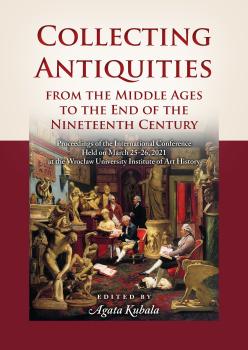Antiquities Collections in Silesia – Terra Incognita? .......... 207
Synopsis
Our cultural memory is shaped by museums and monuments. There are many regions, and Silesia is one of them, where during WW2 and in the post-war period the artistic and intellectual heritage was devastated – and the collective memory suffered as well. The history of collecting artefacts in Silesia is a case of a selective historical amnesia in post-war Europe. There are many reasons why this field still remains a terra incognita. The manors and palaces which used to house the art collections were abandoned or emptied more than 70 years ago, with many of them falling into ruins. The works of art were dispersed, and even if they found their way into museums, there were neither showed to the public nor subjected to research for over half a century. The situation changed with political upheavals of 1989, which reshaped European remembrance of the past centuries. Some significant art collections are slowly reappearing in the collective memory. This case study will be dedicated to the collections of the Ingenheim and Minutoli families.





